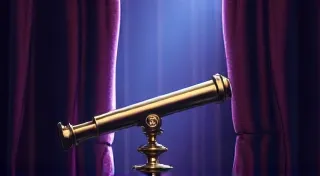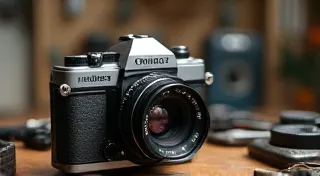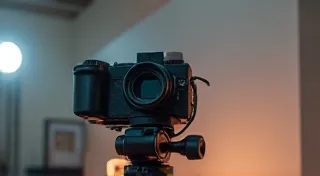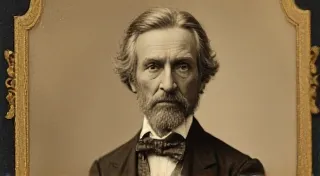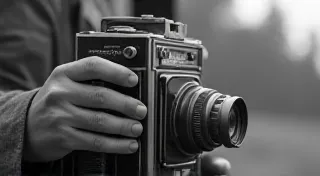The Silent Dialogue: How Limited Production Runs Shaped the Narrative of Early Camera Collecting
There’s a quiet intimacy in holding an antique camera. It’s not merely a piece of machinery; it’s a whisper from the past, a tangible link to the pioneers of photography. More than just capturing images, these early cameras embodied an era’s innovation, craftsmanship, and the nascent dreams of an art form finding its voice. And much of their current allure, their status as coveted collectibles, stems from a defining characteristic: their rarity, born from the limitations of their time.
The story of early camera collecting isn’s simply about accumulating objects; it’s about understanding the conditions that created them, the constraints that shaped their very existence. Before mass production, before sophisticated supply chains, manufacturing was a delicate dance between ingenuity and limitation. The very nature of those limitations – the economic realities, the technological bottlenecks, and sometimes, the deliberate artistic choices – are the bedrock of what makes certain antique cameras so profoundly desirable.
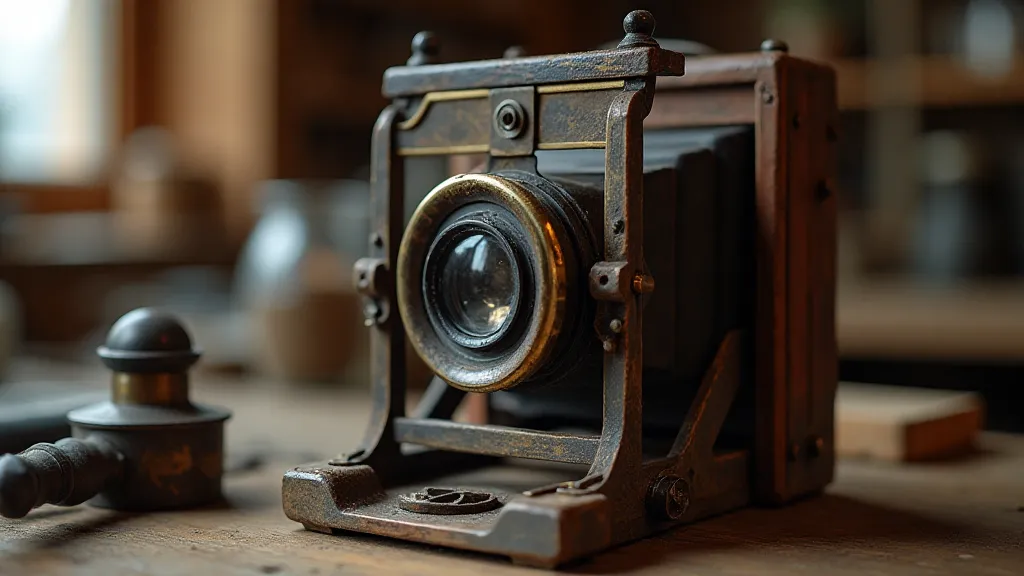
The Economic Climate: A Matter of Survival
In the 19th century, a successful camera maker was a craftsman, an inventor, and often, a bit of a gambler. Unlike today's photography giants, early manufacturers were small businesses, frequently family affairs. Economic downturns could be devastating. A sudden shortage of materials – a critical metal, a specific type of leather – could halt production entirely. Consider the Daguerreotype era. The process itself was complex and required silver, a precious metal whose fluctuating prices dramatically impacted affordability and, consequently, production volume. When silver prices surged, fewer cameras could be manufactured, instantly creating a form of artificial scarcity.
Beyond raw material costs, the labor involved was significant. Each camera was painstakingly assembled by hand. Skilled craftspeople were vital, and their wages were a constant factor in the final cost. A camera manufacturer had to balance profitability with the desire to innovate. Cutting corners often meant compromising on quality, a gamble few were willing to take. This inherent fragility in the business model meant that production runs were rarely ambitious. A “large” run might only number a few hundred units – a far cry from the tens of thousands produced today.
Technological Hurdles: Forging a Path Forward
The technological landscape of the early days of photography was a constantly evolving terrain. New processes were being developed at a furious pace. The shift from Daguerreotypes to Calotypes, Wet Plate Collodion, and eventually, gelatin dry plates, each required significant changes in manufacturing processes and tooling. Early manufacturers had to adapt quickly, often investing heavily in new machinery and expertise. This adaptation process was costly and time-consuming, contributing to lower production volumes.
Imagine the challenge of precisely machining intricate brass components for a camera shutter, or the delicate process of preparing photographic plates. These were not tasks easily automated. Furthermore, certain innovations proved to be dead ends. Manufacturers would invest in designs that, in hindsight, were flawed or impractical, resulting in small production runs of cameras that quickly fell out of favor. These failures, once discarded, now contribute to their rarity and collectibility. There’s a poignant beauty in these “experiments,” these testaments to the relentless pursuit of photographic perfection.
Artistic Choices: Shaping the Aesthetic
It wasn't just economics and technology driving limited production runs. In some cases, manufacturers deliberately chose to produce smaller quantities to maintain exclusivity and enhance the perceived value of their products. Certain camera makers, like those producing bespoke folding cameras with custom-fitted leather cases, catered to a wealthy clientele who appreciated craftsmanship and exclusivity. These cameras were works of art in their own right, not merely tools for capturing images.
Think about companies like Thornton-Pickard, known for their elegant and innovative cameras. They often produced limited runs of specialized models, emphasizing the artistic potential of photography. Their focus was less on mass appeal and more on creating instruments that would inspire creativity and elevate the art form. This conscious decision to limit production established an aura of prestige that continues to resonate with collectors today. There's a certain romance in knowing that you hold one of a select few examples of a camera designed to be cherished, not simply used.
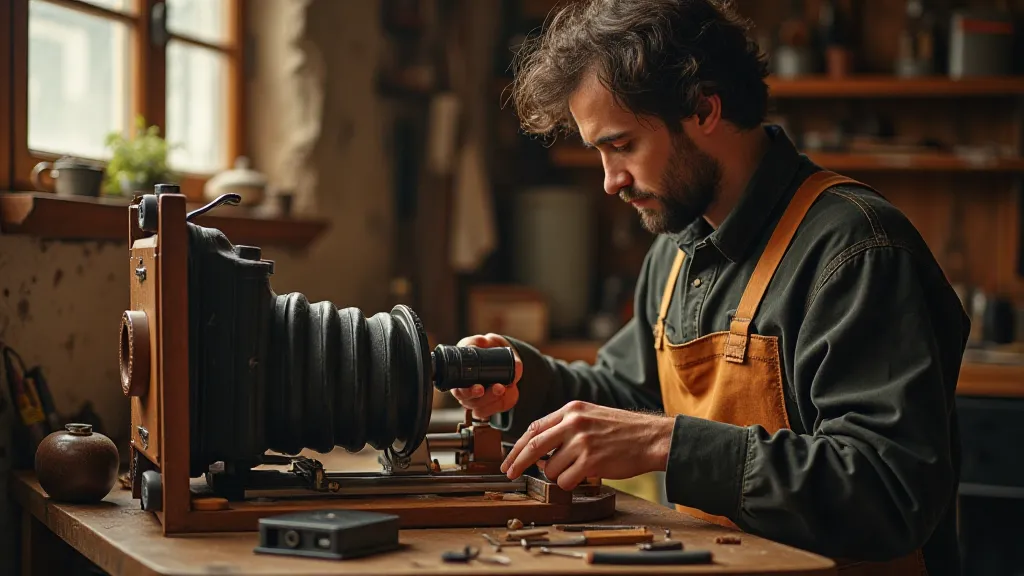
The Emergence of Connoisseurship
The scarcity created by these factors – economic constraints, technological limitations, and artistic choices – inadvertently fostered a nascent culture of connoisseurship. As early photographers began to collect and trade cameras, a shared appreciation for craftsmanship and rarity began to emerge. Collectors started to meticulously document production numbers, cataloging variations in design and materials. They recognized that certain cameras were more than just machines; they were artifacts of a rapidly evolving art form.
This early collector community acted as the bedrock of the antique camera collecting hobby we know today. They recognized the historical significance of these cameras and actively preserved them, passing down their knowledge and expertise to future generations. Their enthusiasm fueled the demand for rare and elusive models, driving up prices and further solidifying their status as coveted collectibles.
Restoration and Preservation: A Delicate Balance
Caring for antique cameras is a delicate exercise. Overzealous restoration can erase the patina of age, diminishing the camera’s historical value. Collectors often prefer to preserve the original condition as much as possible, cleaning gently and repairing only when absolutely necessary. The subtle wear and tear, the scratches and marks, tell a story of use and passage of time.
Understanding the original construction methods is key to responsible preservation. A skilled technician can disassemble a camera, carefully clean each component, and replace worn parts with historically accurate replacements, all while respecting the camera's integrity. This approach allows future generations to appreciate the camera's beauty and functionality while preserving its historical significance.
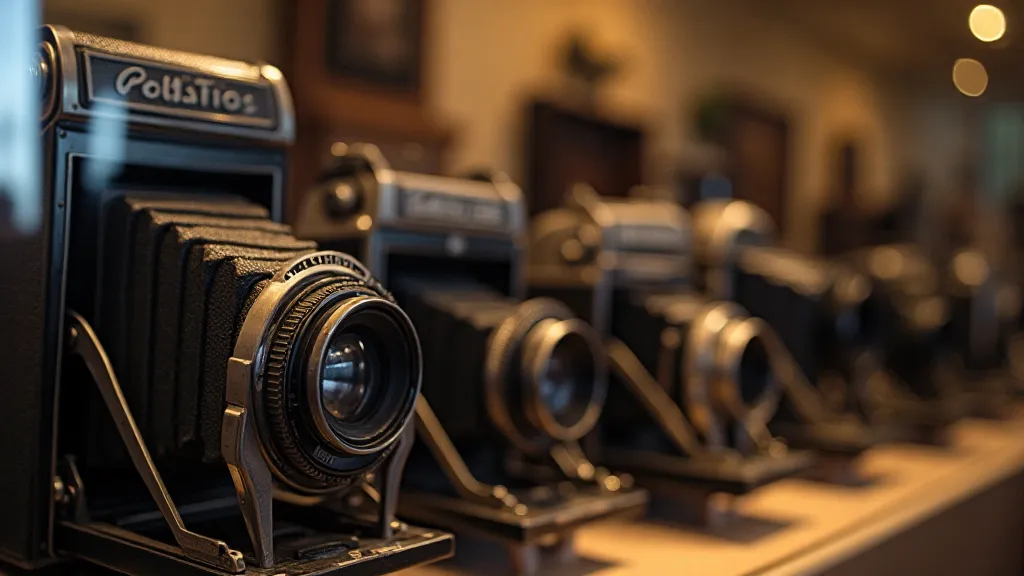
A Legacy of Scarcity
The narrative of early camera collecting is inextricably linked to the narrative of scarcity. The limitations that shaped manufacturing in the 19th and early 20th centuries created a legacy of rare and desirable objects. These cameras are more than just tools; they are tangible reminders of a time when ingenuity, craftsmanship, and a deep appreciation for the art of photography were paramount. Holding one in your hands is a silent dialogue with the past, a connection to the pioneers who shaped the medium we know and love today. The allure of the antique camera isn't just about the image it captured; it's about the story of its creation, a story etched in brass, leather, and the enduring spirit of innovation.
